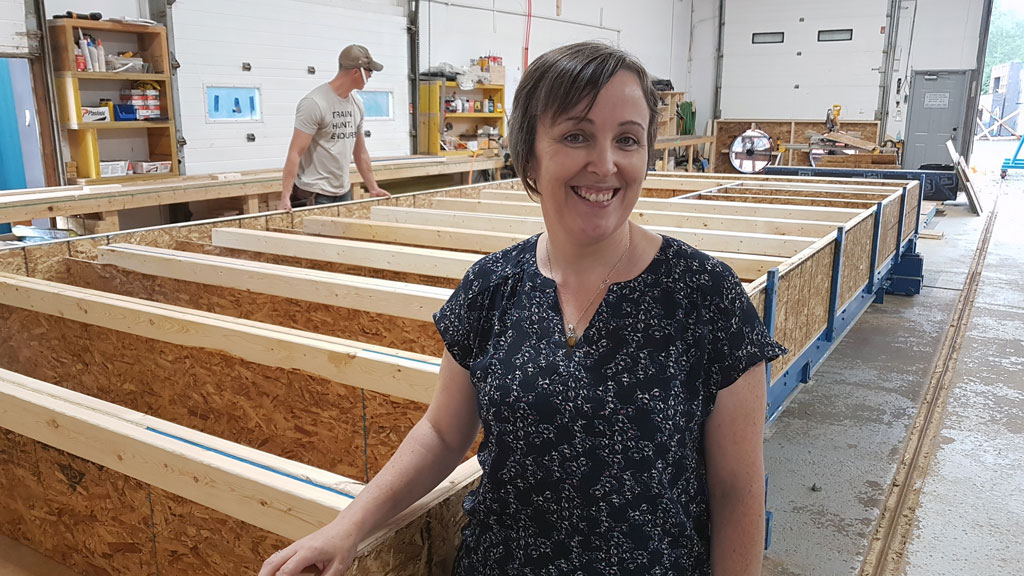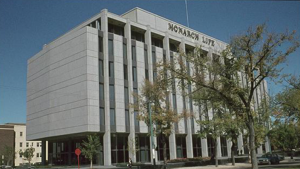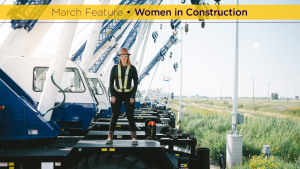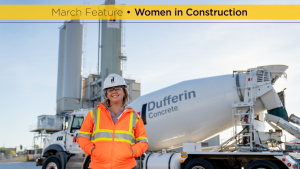Transferring a career and family from downtown Toronto to the rural Ontario town of Minden is seismic by any reckoning. However, that’s exactly what Deborah Byrne decided to do this past spring.
Byrne is one of the country’s best-known PassivHaus proponents. She’s been chair of Passive House Canada for the past five years and was chief operating officer for a respected Toronto architectural firm for seven. Along the way, Byrne has received national awards for leadership in sustainable procurement.
Byrne has moved to Minden to become vice president of operations and innovations at Quantum PassivHaus, a manufacturer of PassiveHaus Institute-approved (PHI) prefabricated homes.
Daily Commercial News columnist John Bleasby visited Byrne to learn more about her reasons and motivations.
Why did you choose to make this move at this time?
I felt I had moved the goalposts within the architectural forum as much as I could, and wanted to change the dial more. I decided I was on the wrong side of the industry to do that.
That’s a big decision. What was the catalyst?
I think it was my frustration coming back after working from home during the pandemic and being on maternity leave. There came the realization that I was at the end of the architectural road, in the sense that you can take the horse to water but you can’t make it drink.
We had the pandemic, we had wildfires, and we had people dying in their homes because of the heat.
Then we went back to work and everyone was behaving the same, if not worse than before, hoping that some technology will save us from ourselves. But only we can save us from ourselves. I could just settle in and drink the Kool-Aid everybody else was drinking and let it be someone else’s problem. But I couldn’t.
Do you think this is a frustration shared across the industry?
It’s something every engineer and architect is facing. It’s about trying to drag people across the line to convince them to do better and fighting with them when they say they can’t afford it.
How did you meet Quantum PassivHaus co-founders, Angie and Abby Xerri?
Angie had learned about PassivHouse training and convinced her husband, Abby, to shift his residential construction business over to it. At the same time as they were doing their first Passive House walls just before the pandemic, I spoke to them and asked them to be available for a multi-unit residential in Hamilton. But like most builders at the time, it was a capacity issue. Going from two storeys to six storeys was a big jump. They couldn’t commit to adding it to the back of their current pipeline.
How does Quantum PassivHaus fill your personal desire to do more?
I’m a structural engineer. I like the design side and I like the innovation side, but I’m fundamentally a builder. Quantum gives me the opportunity to be part of the building process.
And most importantly, Quantum is not just saying they want to do good things, but they are actually doing them. There’s no other company in Canada that has four PHI-certified component walls. I don’t think there’s a company in North America that does.
So, when the opportunity arose to take Quantum from being a single-family residential manufacturer to a larger multi-family residential manufacturer, and given my experience in that field, it was like, “Yeah, let’s do this! Let’s build this out.”
And how will this be done?
There are a number of steps, beginning with automation. We need to create a new location to manufacture more standardized panels to meet the commercial market. The potential growth and pipeline is there for owners requiring panels for concrete buildings, such as balloon framing with wood panel exteriors. To do that successfully with the larger developers, we’re talking CNC machines, for example.
We also have partnerships with First Nations, one of which would actually have their own Quantum factory so they can build for themselves in partnership with us.
We want to develop licensed installers so we don’t have to do all that ourselves. We want to continue the development of our wall systems to meet market demands for combustibility, Arctic locations and for lighter-weight walls.
I’m looking forward to developing those strategies with Abby and the team and taking what they’ve created so far and helping it grow. The possibilities are really exciting for me, even though it’s in quiet little Minden.
Passive House Canada has come a long way under your leadership. Will you continue to be involved?
I’m currently nearing the end of my term as chair. But Passive House Canada has a number of technical subcommittees and working committees. I expect I will shift to one of those. I think this is good timing.
Passive House Canada is the midst of a shift as well, responding to the demands in the market for Canadian certifications.
The PassivHaus Institute is overwhelmed with an uptick in demand for building certifications around the world. Passive House Canada needs to respond with its own certification process in line with the Institute.
This interview has been edited and condensed from the original conversation.








Recent Comments
comments for this post are closed